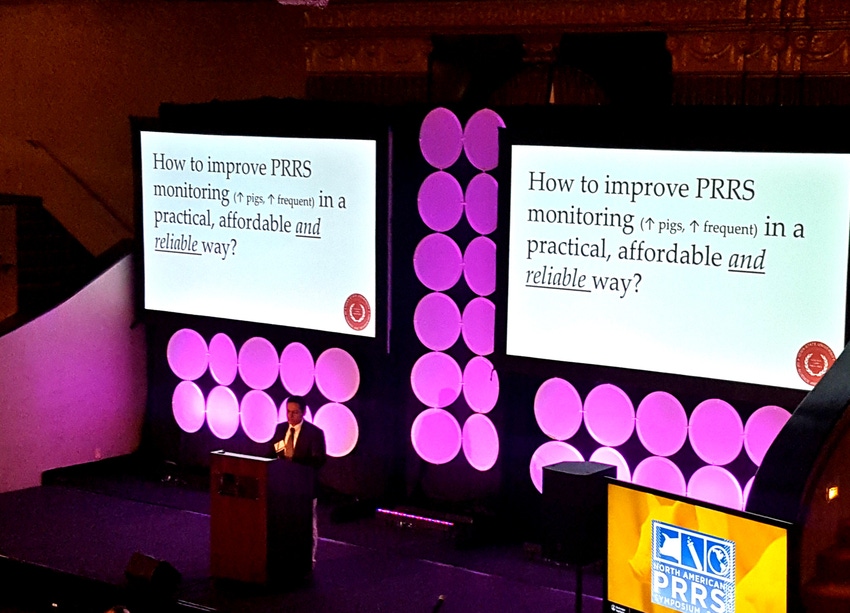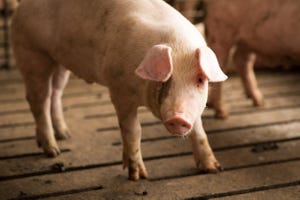Are you making these assumptions about disease monitoring?
Does disease surveillance seem more like a crime scene investigation? Researchers say effective disease monitoring involves taking more samples, more often.
December 5, 2017

Like humans, animals get sick despite the large effort to protect the herd. While no one wants to battle a disease outbreak, unfortunately very few livestock producers can say they never, ever fought that fight.
Managing animal health is a full-time job, monitoring the herd every day. It takes time to walk each pen to check each pig, but it is an essential job that could catch a health issue early. While observation easily detects some herd health issues, others are requiring utilizing diagnostic tools to identify or confirm potential problems. Along with monitoring the pigs daily, the hog farms should establish a baseline for herd health; a significant task to complete with your herd veterinarian.
Still, despite all the effort, disease can come out of nowhere. And in the midst of animal health problem, it can often feel like a crime scene investigation. Piglets are down for the count or worse, under the white sheet, and you honestly have no idea what is going on. Thankfully for hog producers, technology and information-sharing has enhanced disease monitoring, especially since the mystery virus — porcine reproductive and respiratory syndrome — appeared on farms in 1987.
Daniel Linhares, DVM, Iowa State University College of Veterinary Medicine, speaking at the North America PRRS Symposium, says disease monitoring on the farm is all about the “why.” How you approach diagnostics is about knowing what you want to detect, how quick you want the answer and what you want to spend to get the answer. Over the last five years, ISU has observed an increase in population samples as monitoring switches from fecal samples to oral fluids. Linhares says this will assist hog producers to have a better understanding of herd health before an issue arises.
Still, as an industry, we make three assumptions about disease monitoring. Linhares shares these assumptions.
1. Due-to-wean pigs equals breeding herd status: Linhares says a healthy piglet may not be an accurate indication of breeding herd health. He says individual sows shed virus for longer times. Therefore, the DTW pigs may be the carrier.
2. PRRS virus dies out after 90 days with less than 10% prevalence in DTW pigs: According to Linhares, field data support the virus can remain in the barns for 14 weeks.
3. PRRSV is randomly distributed in the barn: False, PRRSV is actually clustered, specifically when at low prevalence. This is why 58% of the farms rebreak with PRRS.
For today’s hog farms, disease monitoring has to be practical, affordable and reliable, states Linhares. Still, research shows sampling a small number of the population less often is not an effective way to monitor a disease. For instance, he says sampling 30 pigs for 30 days is not enough for monitoring a herd during a PRRS break. Improving PRRS surveillance means increasing the number of pigs sampled, and the frequency the samples are taken, Linhares recommends.
You May Also Like



